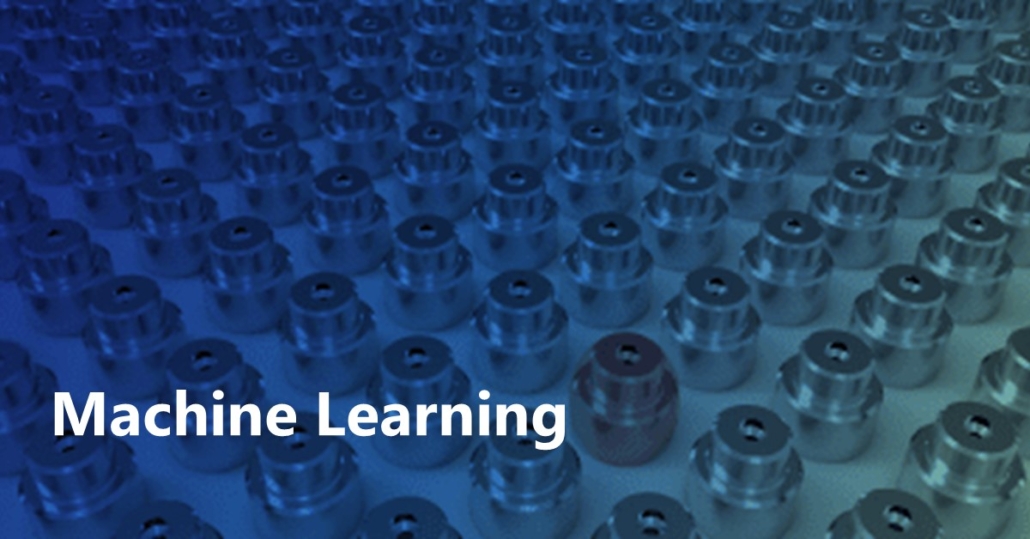DeepConf: Automating Data Center Network Topologies Management with Machine Learning
In recent years, many techniques have been developed to improve the performance and efficiency of data center networks. While these techniques provide high accuracy, they are often designed using heuristics that leverage domain-specific properties of the workload or hardware.In this vision paper, we argue that many data center networking techniques, e.g., routing, topology augmentation, energy savings, with diverse goals share design and architectural similarities. We present a framework for developing general intermediate representations of network topologies using deep learning that is amenable to solving a large class of data center problems. We develop a framework, DeepConf, that simplifies the process of configuring and training deep learning agents by using our intermediate representation to learn different tasks. To illustrate the strength of our approach, we implemented and evaluated a DeepConf-agent that tackles the data center topology augmentation problem. Our initial results are promising — DeepConf performs comparably to the optimal solution.

 Our
Our 